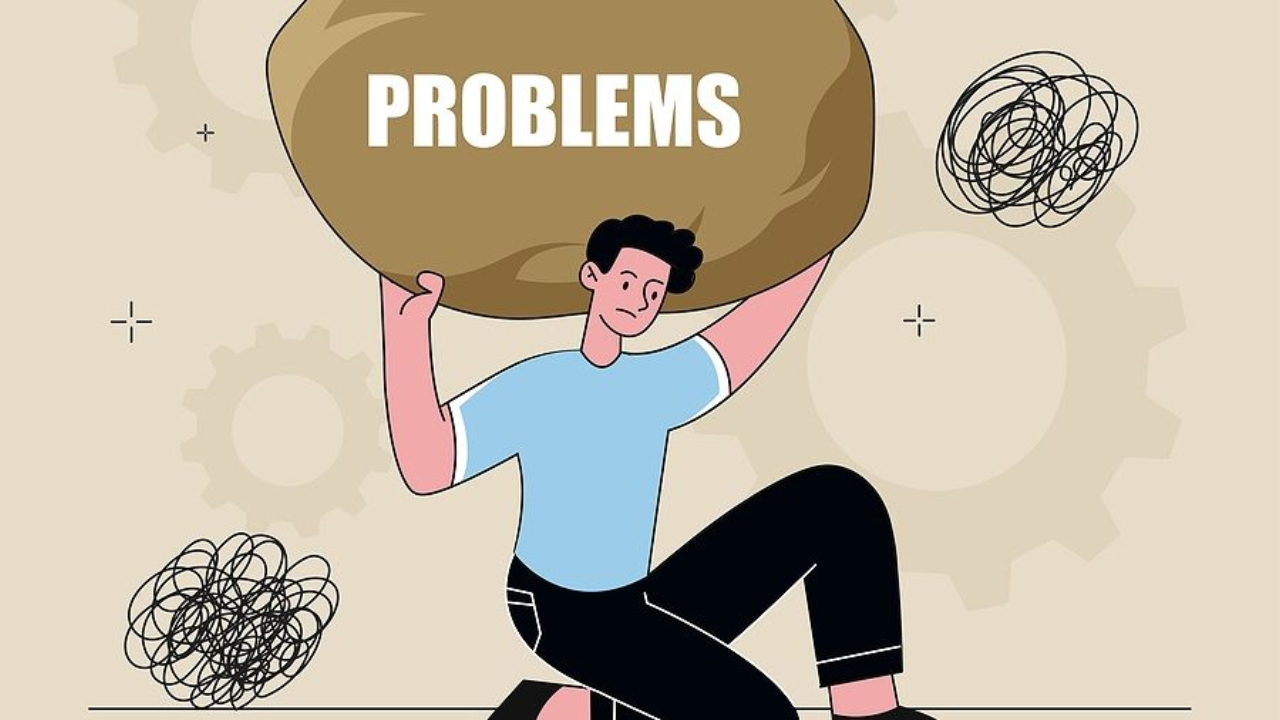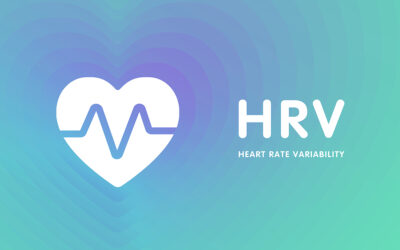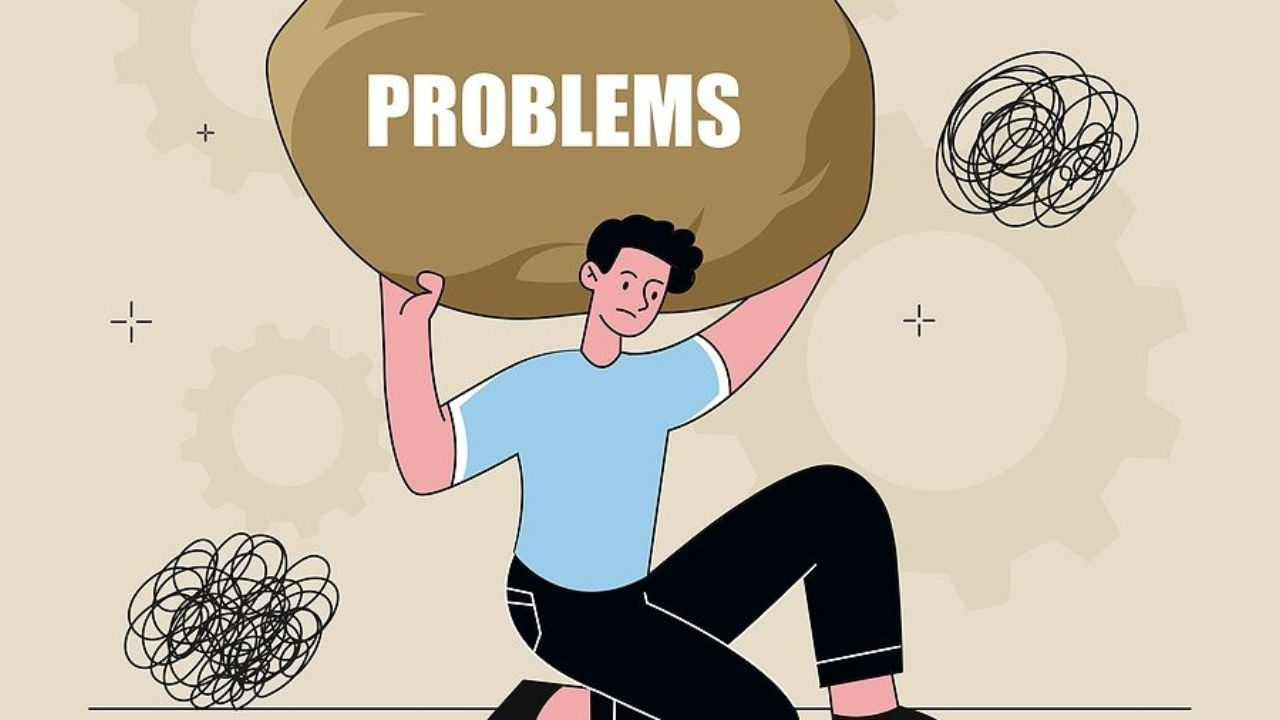
Two weeks ago, I developed severe right shoulder pain and stiffness. It was excruciating to move in any direction, and I couldn’t get into a comfortable position to rest. I worried that I wouldn’t be able to meet with clients, teach my class, or ride my bike.
The timing of my shoulder disability was curious. My pain began suddenly and very intensely mid-day on Tuesday. Here’s what was going on:
- My dad had recently passed, and his funeral services had been a little more than two weeks prior.
- It was my first week–actually, only my second day–back at work and seeing clients after a two-month absence.
- That morning, I had finished preparing my March blog to be published the next day. In the blog, I describe the emergent pattern of chronic pain as a perfect storm, which can explain how pain can seem to come out of nowhere.
- I had been using my shoulder a lot: mountain biking the weekend before, teaching class on Monday, and lifting weights Monday night.
- My sweet dog Lily had developed a bad limp on her right leg/shoulder.
My immediate reaction to the pain was that I might have overdone it physically. Perhaps I’d lifted too much the night before and this was a delayed symptom of my workout. All I knew was that I needed to do something–NOW! My shoulder hurt too much to move, so I took that as a sign not to start there. Rather, I decided to work on my hip and pelvis alignment that I knew was a bit askew from all my cycling training. The pelvis provides the base of support for the upper body. My thinking was that if I improved my pelvic position, stability, and function, the shoulder might be able to release. So, I spent hours in the Egoscue© tower on Tuesday and Wednesday. While this dramatically helped my hips, pelvis, and back, it only had a minimal effect on my shoulder. At this point, I realized that I needed to dig deeper and think beyond a physical cause. Read on.
Shoulders Carry Our Burdens
Until this happened, I hadn’t paid much attention to the English language idioms, “shoulder the load,” “shouldering another’s burden,” or “a shoulder to cry on.” There is even a weight training exercise called the “burden carry” in which a sandbag is placed on one shoulder while walking. (Note: I did not do this in my workout!) Clearly, shoulders are where we put our problems.
It wasn’t until after my Mind Body Syndrome mentor asked me to consider what emotions and messages the shoulder might be holding that I started to consider (and Google) the energetic meaning of shoulder pain. The information I found and the connections I made to myself, my actions, and my emotions were fascinating! Let me tell you about it.
On my father’s death bed, he told my sister and I that “he couldn’t do it anymore.” “He couldn’t take this burden.” “He was done.” So, what did I as the responsible older sibling do? I told him I’d take his burden. I would make it alright, and I would look after his concerns. This exchange between Dad and me didn’t happen just once. It happened multiple times over his final weeks. Last week my body showed me precisely where I had lodged his burden. Upon reflection, I recalled, and later validated with my sister, that a close family member had remarked to me, “You have broad shoulders” after describing these events. I guess they aren’t broad enough to carry that heavy of a load! But was there more I needed to know and be open to?
The Shoulder-Heart-Throat Connection
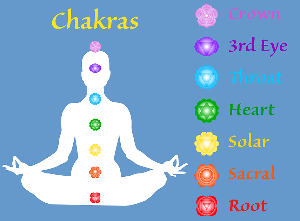 In my Google search on the energetic role of the shoulders in the body, I also discovered that Chakra Theory links the shoulders to the heart and throat. Chakras are seven energy centers that traverse the spine from the sacrum to the top of the head. Each chakra relates a part of the body to an emotional reality. I know this is sounding a bit out there, but stay with me.
In my Google search on the energetic role of the shoulders in the body, I also discovered that Chakra Theory links the shoulders to the heart and throat. Chakras are seven energy centers that traverse the spine from the sacrum to the top of the head. Each chakra relates a part of the body to an emotional reality. I know this is sounding a bit out there, but stay with me.
Source: https://www.spiritualityhealth.com/neck-and-shoulder-pain-chakras
The heart chakra relates to connections with others and our community. Well, this seems obvious enough. I was grieving a lost connection with my dad, as well as with my sister and with Lily. The throat chakra, however, took a bit of contemplation to figure out. This chakra relates to speaking and expressing oneself. Hmm . . . I have rarely been one to express my needs or ask for help. I, like my sister, am a perpetual people pleaser. (Note: this is a personality trait of people in chronic pain that I will write more about in another blog.)
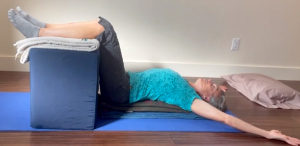 I had to consider these questions: What am I not saying? How am I not standing up for what I need? Unlike the shoulder-heart connection, I was not seeing how the throat chakra fit in. How could I open myself to the answer? I chose a physical position that opened the heart and throat areas while giving my shoulder a good stretch (see photo). I stayed in this position for about an hour and came away with an answer.
I had to consider these questions: What am I not saying? How am I not standing up for what I need? Unlike the shoulder-heart connection, I was not seeing how the throat chakra fit in. How could I open myself to the answer? I chose a physical position that opened the heart and throat areas while giving my shoulder a good stretch (see photo). I stayed in this position for about an hour and came away with an answer.
In January for various reasons, including my dad’s health, I announced in my newsletter, on my website, and to myself that I would not take on new clients at that time. Despite this, during my work absence, I had a handful of potential new clients contact me for sessions: people who had read my book, or those I had held complimentary sessions with previously. For this reason, I justified that they weren’t technically “new.” Also, on the Monday morning before my shoulder seized, I met with another potential client. I could not overcome my people-pleasing behavior.
The answer, I realized (but did not want to admit), was that I had to postpone these people. I had to risk saying no and standing up for myself. SCARY! As you might guess, I delayed this action. And again, I decided to pursue a physical treatment: massage.
Shoulder Tension and Grief
 To relieve my physical pain, I went to see my massage therapist. Fortunately, she was able to schedule me on Thursday evening. By this time, the pain had spread to my neck, base of my skull, and chest. She started with those more outlying areas before touching the shoulder itself. She had to back off the pressure significantly in the shoulder, though, because it was too tight. My subscapularis muscle in particular was a knotted mess. I could barely tolerate her light strokes.
To relieve my physical pain, I went to see my massage therapist. Fortunately, she was able to schedule me on Thursday evening. By this time, the pain had spread to my neck, base of my skull, and chest. She started with those more outlying areas before touching the shoulder itself. She had to back off the pressure significantly in the shoulder, though, because it was too tight. My subscapularis muscle in particular was a knotted mess. I could barely tolerate her light strokes.
Upon noticing the increased tenderness, she mentioned that the grief meridian runs within that muscle. (A meridian is a vital energy pathway in Chinese medicine. The grief meridian runs from the thumb up to the shoulder as shown in the image to the right.) She asked what was coming up for me as she worked the muscle. At first, I actually noticed the opposite. I felt joyous with the reconnection I had made with my sister while caring for our dad. Then, the grief came forward. I was sad because I had missed this relationship deeply for the last 20 years. Next came the grief for my dad and loss of both of my parents.
When I returned home, I excitedly told my husband how much better my shoulder felt and about all the grief that I was holding there. He looked at me and asked, “What about Lily? Do you think you are grieving for her?” I was dumbfounded. Duh! Right in front of me every day, all day, my heart was breaking as I watched the decline of my precious canine companion.
 Lily, my black lab mix, is 12.5, and her mobility has suffered a swift decline recently. We had attributed this to overdoing it while playing with my sister’s puppy, Eddy. They had the best of times, and I am grateful they were able to meet and love together. Unfortunately, it was not a soft tissue injury that would heal as I was hoping. She was diagnosed with terminal bone cancer just days ago. My biggest source of grief, one that I was not accounting for, was right there next to me. Right there, she was continuously looking at me with her soft, kind, and caring eyes. Words cannot express the wrenching sadness that I feel and that will intensify with her departure from my life.
Lily, my black lab mix, is 12.5, and her mobility has suffered a swift decline recently. We had attributed this to overdoing it while playing with my sister’s puppy, Eddy. They had the best of times, and I am grateful they were able to meet and love together. Unfortunately, it was not a soft tissue injury that would heal as I was hoping. She was diagnosed with terminal bone cancer just days ago. My biggest source of grief, one that I was not accounting for, was right there next to me. Right there, she was continuously looking at me with her soft, kind, and caring eyes. Words cannot express the wrenching sadness that I feel and that will intensify with her departure from my life.
The massage and release of stored grief helped tremendously. I don’t think it is a coincidence that it was my right shoulder, the location of my original gymnastic injury nearly 30 years ago. That shoulder has been limited in mobility ever since that time. Perhaps there is more unprocessed grief about the end of my college athletic career and gymnast identity that needs to be explored. Seems I have more work to do . . .
Conclusion
Many factors, a perfect storm of them, went into creating the sudden, severe pain and immobility in my shoulder, possibly all of which were not physical. This is referred to as psychogenic pain, which is REAL pain created by mental, emotional, or behavior factors. The role of this pain is often to make us realize something needs to change–immediately. Our body communicates with us through sensations. For me, these were very real and painful sensations. I remarked to my massage therapist and mentor that this pain felt more intense than could be the result of physical causes. I hurt so much at times that I wanted to throw up. They both agreed.
By Monday morning, I was feeling much better. I was even able to mountain bike over the weekend. One advantage of the pain was that it taught me how to relax my constantly tight right shoulder and neck area while biking. I still had not sent those emails to postpone my potential new clients. I argued with myself that I could do it and that I needed to be tough. But in the end, I stuck to the plan and pushed the appointments off. I didn’t want to find out what else my body had in store for me if I didn’t heed its warning. As it turned out, it was the gift of time and space I needed to be with my dear puppy, who was diagnosed the next day.
I hope that as you finish reading this blog, you don’t just attribute my shoulder problem to stress. Rather, it was the combination of taking on my dad’s burden, harboring unresolved grief, and not prioritizing my needs that collided in my tissues. Simple fixes were not enough to relieve my pain. Believe me, I would have loved to have been able to stretch away the pain. Instead, I had to be vulnerable, look inside, and take some uncomfortable actions. I was lucky to have the knowledge, support, and courage to take the needed steps to heal.
 |

